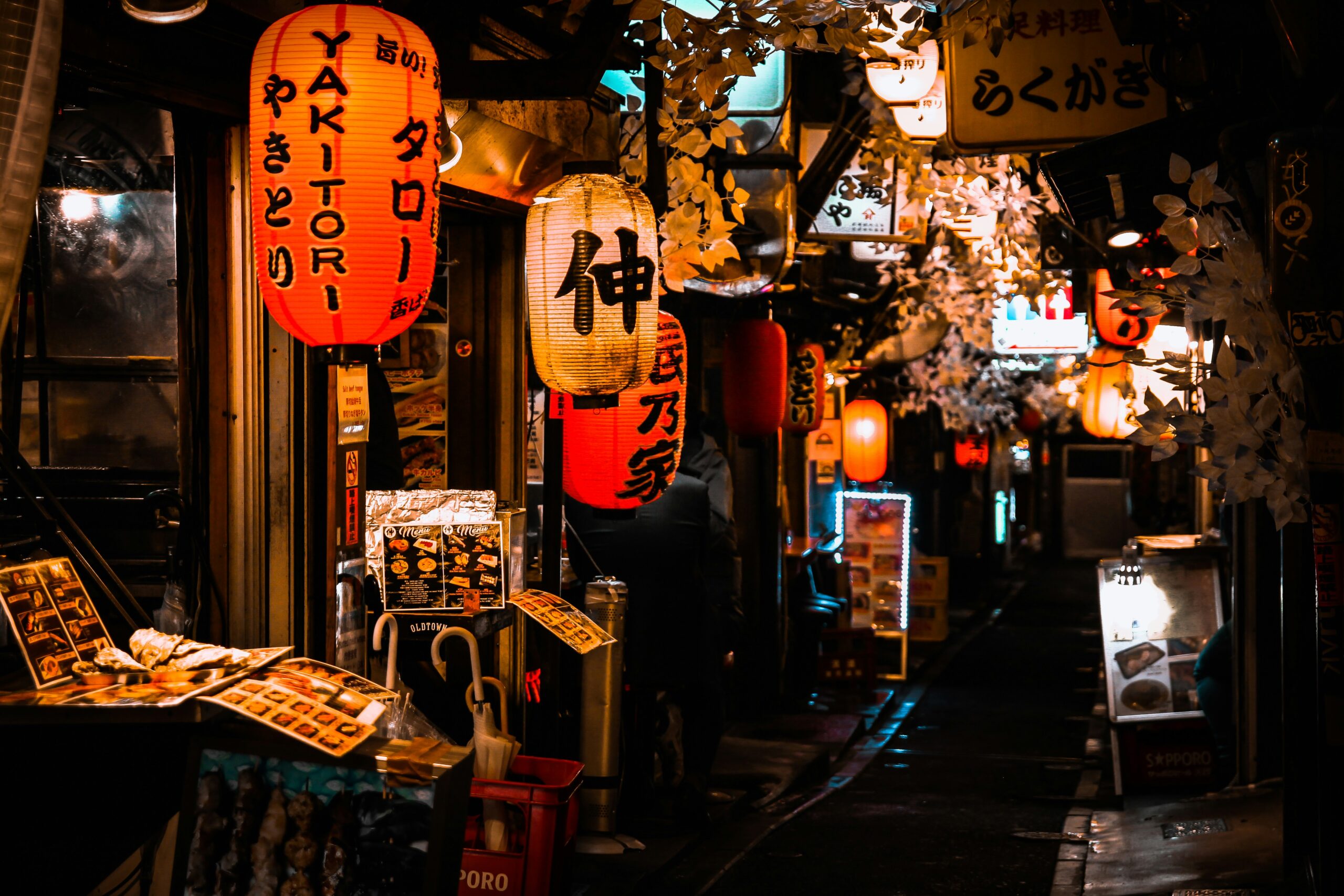In the bustling streets of Japan, a unique and vibrant social dining experience awaits—the izakaya. A cornerstone of Japanese culture, these traditional pubs offer more than just food and drink; they are a window into the soul of Japan’s communal and gastronomic traditions. Izakayas are the heartbeat of Japan’s night life, a place where the day’s formality melts away, and people connect in a casual, lively atmosphere. This article delves into the multifaceted world of izakayas, exploring their charm, traditions, and the essential role they play in Japanese society.
1. Uncovering the Charm of Izakaya: Japan’s Pub Haven
Izakayas are more than just a place to grab a drink; they represent a unique blend of bar and restaurant, deeply ingrained in Japanese culture. These establishments range from cozy, lantern-lit spaces with a few seats to larger, bustling venues. The charm of an izakaya lies in its homely atmosphere, where everyone—from salarymen to students—can unwind after a long day. Unlike Western pubs, the focus is as much on the food as it is on the drink, creating a harmonious blend of flavors and experiences. The informal setting encourages interaction, making izakayas a perfect place for communal dining and drinking. Here, the barrier between customer and chef often blurs, adding to the intimate experience. Izakayas not only offer a retreat from the fast-paced life but also serve as a cultural haven, preserving traditional Japanese hospitality and culinary practices.
2. Izakaya 101: Navigating Japan’s Social Dining Scene
Navigating the izakaya scene can be an adventure in itself, especially for newcomers. These establishments are identified by noren (fabric dividers) at their entrances, often adorned with the izakaya’s name. Once inside, patrons are greeted with a chorus of "Irasshaimase!" (Welcome!), setting the tone for a warm and inviting experience. Ordering at an izakaya is typically done from an à la carte menu, with dishes arriving as they are prepared, perfect for sharing. Drinks are as important as food, with menus boasting a variety of sake, beer, and shochu. Understanding the izakaya etiquette, such as pouring drinks for others before yourself, enhances the communal experience. With their diverse offerings, izakayas cater to a wide range of preferences, making them a quintessential part of Japan’s social dining scene.
3. From Sake to Skewers: The Essential Izakaya Menu
The izakaya menu is a testament to the rich culinary diversity of Japan. From succulent yakitori (grilled chicken skewers) to sizzling hot pots, the options are vast and varied. Seasonal ingredients play a pivotal role, ensuring that the menu reflects the essence of Japanese cuisine. Classic dishes like edamame, sashimi, and tempura are staples, alongside more adventurous offerings such as grilled fish and exotic vegetables. Sake, the traditional Japanese rice wine, complements the meal, with each region of Japan boasting its own unique variety. Beer and shochu are also popular choices, alongside an array of non-alcoholic options. The izakaya menu caters to all tastes, providing a culinary journey through Japan’s rich gastronomic landscape.
4. The Evolution of Izakaya: Tradition Meets Modernity
Izakayas have undergone a significant evolution, transitioning from simple sake shops in the Edo period to the multifaceted establishments seen today. Modern izakayas blend traditional elements with contemporary influences, creating a diverse and dynamic dining experience. Innovations in cuisine, presentation, and interior design reflect changing tastes and societal shifts. Themed izakayas, offering everything from pop culture to historical experiences, cater to a younger crowd, while traditional izakayas continue to preserve the age-old customs of Japanese dining. This blend of old and new ensures the izakaya’s place in Japan’s ever-changing culinary scene, appealing to both locals and tourists alike.
5. Behind the Scenes: The Life of an Izakaya Chef
The heart of any izakaya is its chef, whose skill and passion breathe life into the establishment. Izakaya chefs are masters of their craft, often juggling multiple dishes at once, each requiring meticulous preparation and attention to detail. The open kitchen layout common in many izakayas allows diners to witness the artistry firsthand, fostering a deeper appreciation for the culinary experience. These chefs not only cook but also curate the dining experience, often recommending dishes and drinks to complement each other. Their dedication ensures the highest quality, embodying the spirit of omotenashi—Japan’s deep-rooted tradition of hospitality. Behind every izakaya dish is a story, a blend of tradition, innovation, and the personal touch of the chef.
6. Decoding Izakaya Etiquette: Do’s and Don’ts
While izakayas are known for their relaxed and convivial atmosphere, there are certain etiquettes that patrons are expected to follow. Understanding these unwritten rules enhances the izakaya experience for everyone. For instance, it is customary to wait for everyone’s drink before beginning the meal with a collective "kanpai" (cheers). Sharing dishes is a norm, reflecting the communal spirit of izakaya dining. It’s also important to respect the seating arrangements, often determined by the host, and to handle chopsticks correctly, avoiding taboos such as sticking them upright in rice. Observing these etiquettes not only shows respect for Japanese culture but also contributes to the enjoyable and harmonious atmosphere that izakayas are cherished for.
Exploring the world of izakayas offers a glimpse into the heart of Japanese culture, where food, drink, and camaraderie intertwine to create unforgettable experiences. From their rich history to the diverse culinary offerings and the warm, welcoming atmosphere, izakayas embody the essence of Japan’s social and culinary traditions. Whether through the eyes of a skilled chef, the evolving menu, or the unique etiquette, the izakaya experience is a testament to Japan’s enduring commitment to hospitality and community. As izakayas continue to evolve, they remain a beloved part of Japan’s cultural landscape, inviting both locals and visitors to partake in a tradition that celebrates the joy of sharing food and drink.








